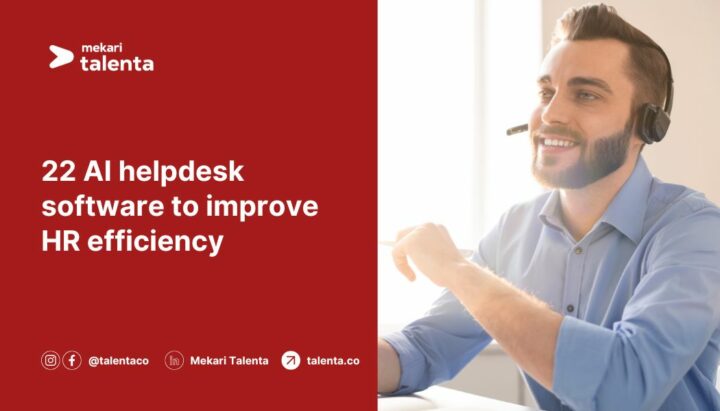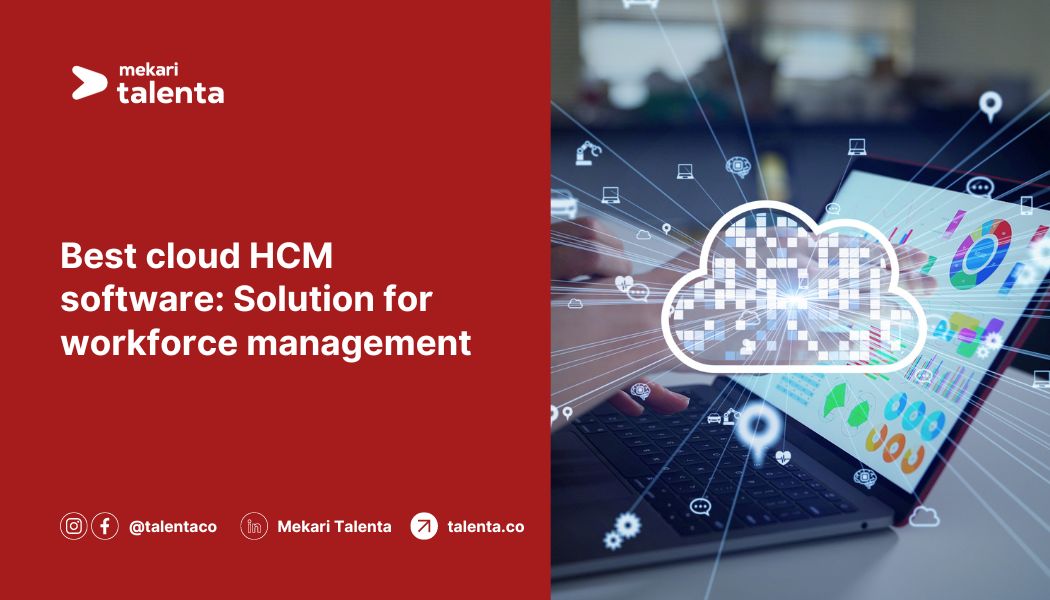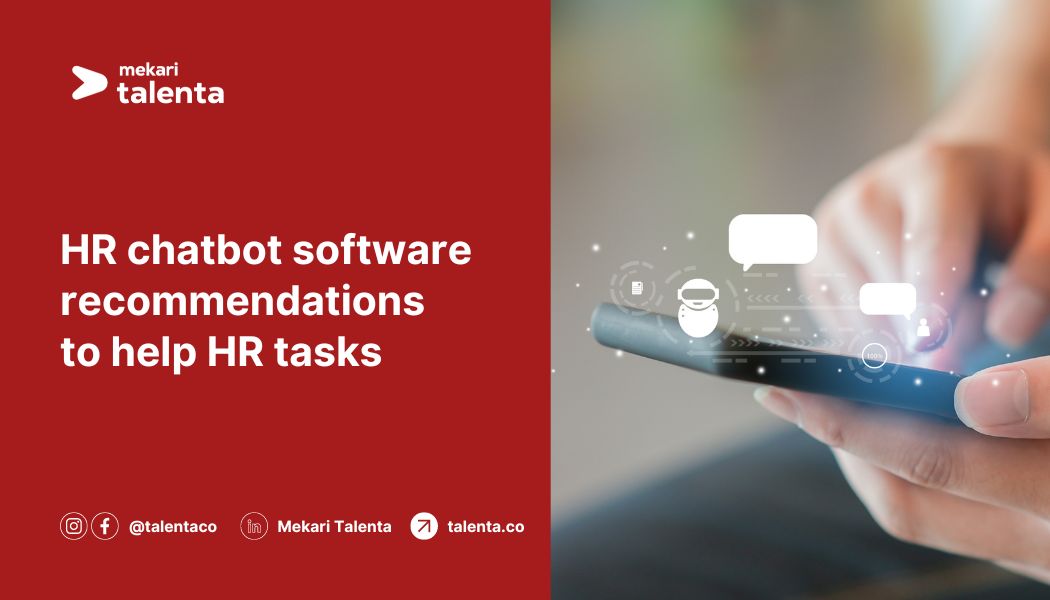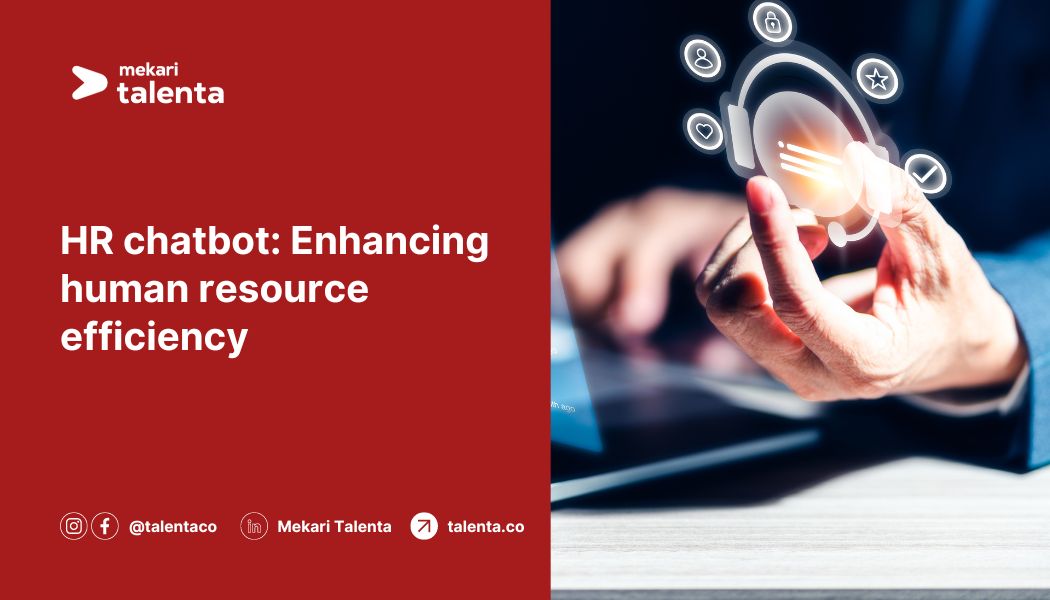The helpdesk department in your organization supports employees with any questions they have about HR and human resource management.
The term “help desk” is often associated with IT support and internal use within large companies.
For instance, if your business has more than 2,000 employees, you definitely need to manage all their questions.
To do this effectively and on a large scale, you need AI helpdesk software.
The term help desk has evolved, and many businesses and companies interpret it as both general customer service and employee service.
Here are some AI help desk software options and comparisons regarding some of their features.
1. Drift Conversational AI
Drift Conversational AI is a solution that offers a variety of advanced features to help with customer interactions.
For example, Drift chatbots can automate customer interactions, providing quick and consistent responses. This system uses intent detection technology to analyze customer intentions and provide relevant answers.
Additionally, Drift has sentiment analysis capabilities that assess emotions in customer messages, allowing for more personal and context-appropriate responses.
Language detection is also one of its main features, supporting multilingual communication and ensuring customers can be served in their preferred language.
Advantages of Drift include quick responses, multilingual support, and emotion analysis that helps personalize service.
However, its drawbacks lie in its limitations in handling very complex questions and its reliance on data quality for accurate intent and sentiment detection.
2. Watermelon
Watermelon is helpdesk software known for its AI chatbot integration and multi-channel support.
Watermelon’s main feature is AI-based chatbots that can automate customer support, providing quick and efficient answers.
The platform allows the management of communications from various channels such as email, chat, and social media in one place.
Advantages of Watermelon include its ability to integrate many different communication channels, increasing efficiency with chatbots, and providing a seamless customer experience.
However, multi-channel integration may require additional configuration, and chatbots may not always capture the nuances of more complex questions, requiring human intervention in some cases.
3. Gorgias
Gorgias is the best choice for customer automation on Shopify, offering strong integration with this e-commerce platform.
Its main features include direct integration with Shopify, allowing automated responses to customer inquiries and order management directly within the platform.
The advantages of Gorgias include time-saving automation for the support team, seamless integration with Shopify, and the ability to efficiently handle various customer requests.
However, its drawbacks are its dependence on Shopify, making it less flexible for businesses using other e-commerce platforms, and it may require advanced configuration to maximize its potential.
4. HappyFox
HappyFox is a helpdesk software that excels in global customer service, offering multilingual support and global reach.
Key features include the ability to handle multiple languages, allowing companies to easily serve customers in various countries.
HappyFox also provides strong collaboration tools, enabling teams to work together in resolving customer tickets.
The advantages of HappyFox are its global reach, multilingual support, and collaboration tools that enhance team efficiency.
However, its drawbacks may include higher costs compared to other solutions and complexity in initial setup and staff training to use all features effectively.
5. Custify
Custify is a software focused on intent detection and sentiment analysis, allowing companies to better understand and respond to customer needs.
Key features include the ability to detect customer intent from their messages, perform sentiment analysis to assess emotions, and provide multilingual support.
The advantages of Custify are its advanced analysis capabilities that help deliver more personal and relevant responses, as well as extensive multilingual support.
However, its drawbacks are that intent detection and sentiment analysis may not always be accurate if the data used is not of high quality, and it may require continuous adjustments to improve accuracy.
6. Helpdesk
Helpdesk is the best choice for IT services, providing specialized tools for ticket management and IT support.
Key features include efficient ticket management, issue tracking tools, and tailored solutions for various IT needs.
The advantages of Helpdesk are its ability to automate ticket management processes, improving IT team efficiency, and providing very specific tools for IT needs.
However, its drawbacks may include a lack of flexibility for use outside the IT context and the need for specialized training to maximize the use of all provided tools.
7. Help Scout
Help Scout is the best helpdesk solution for self-service, providing a knowledge base and automated workflows to support customers.
Key features include a rich knowledge base for customer self-service and automated workflows that help reduce the support team’s workload.
The advantages of Help Scout are its ability to empower customers with the information they need, reducing the need for direct interaction with the support team, and automated workflows that improve efficiency.
However, its drawbacks are that it may be less suitable for very complex issues that require human interaction and the need for regular updates to the knowledge base content to remain relevant.
8. Hiver
Hiver is the best IT helpdesk solution integrated with Gmail, allowing ticket management directly from the email inbox.
Key features include full integration with Gmail, email-based ticket management, and team collaboration capabilities.
The advantages of Hiver include ease of use with a familiar Gmail interface, the ability to manage tickets directly from the inbox, and collaboration tools that help teams work together efficiently.
However, its drawbacks are its dependence on Gmail, making it less flexible for organizations using other email platforms, and it may require adjustments to maximize ticket functionality.
9. Replicant
Replicant offers features such as chatbots, intent detection, sentiment analysis, and language detection.
The advantages of Replicant include advanced automation capabilities that improve customer support efficiency, sentiment analysis that helps provide more personal responses, and multilingual support that ensures global service.
However, its drawbacks include potential dependence on high-quality data for accuracy and it may not handle very complex questions well.
10. Jira Service Management (Atlassian)
Jira Service Management is the best internal helpdesk software for IT services, offering ITSM tools and asset management.
Key features include robust IT service management tools, the ability to track and manage assets, and integration with the Atlassian ecosystem.
The advantages of Jira Service Management are highly specialized tools for IT service management, the ability to track assets in detail, and integration with other Atlassian tools that enhance team efficiency.
However, its drawbacks may include being difficult to use and requiring specialized training to effectively use all features.
11. Zendesk
Zendesk is a 360-degree customer support solution, offering multi-channel support and customer analytics.
Key features include the ability to manage customer interactions through various channels, robust analytics to understand customer support performance, and integration with various business tools.
The advantages of Zendesk are the ability to provide comprehensive customer support, analytics that aid in data-driven decision-making, and extensive integrations.
However, its drawbacks may include higher costs compared to some other solutions and complexity in initial setup and use.
12. HubSpot
HubSpot is the best choice for small businesses, offering CRM integration and automation tools. Key features include full integration with HubSpot CRM, automation tools that help manage leads and customers, and integrated marketing and sales tools.
The advantages of HubSpot are ease of use, integrated tools to manage the entire customer journey, and strong support for small businesses.
However, its drawbacks are that it may be less suitable for large enterprises with very complex needs and costs that can increase with the addition of extra features.
13. Salesforce Help Desk
Salesforce Help Desk is an all-in-one solution for small organizations, offering CRM integration and customizable workflows.
Key features include full integration with Salesforce CRM, customizable workflows for various business processes, and powerful analytics tools.
The advantages of Salesforce Help Desk include the ability to manage the entire customer lifecycle on one platform, high flexibility with customizable workflows, and analytics that aid in data-driven decision-making.
However, its drawbacks may include higher costs and the need for training to effectively utilize all features.
14. Kayako
Kayako is the best helpdesk software for teams, offering collaboration tools and multi-channel support.
Key features include collaboration tools that allow teams to work together efficiently, support for various communication channels, and robust ticket tracking capabilities.
The advantages of Kayako are its ability to enhance team collaboration, multi-channel support ensuring customers can contact through various channels, and tracking tools that help manage tickets.
However, its drawbacks may include the need for training to effectively utilize collaboration tools and complexity in initial setup.
15. Solarwinds Help Desk
Solarwinds Help Desk is the best solution for large IT teams, offering IT asset management and an efficient ticketing system.
Key features include the ability to track and manage IT assets in detail, an efficient ticketing system to handle support requests, and robust reporting tools.
The advantages of Solarwinds Help Desk include in-depth asset management capabilities, a ticketing system that enhances IT team efficiency, and reporting tools that aid in performance analysis.
However, its drawbacks may include higher costs and a steep learning curve.
16. Vision Help Desk
Vision Help Desk offers gamification features and multi-channel support, making it unique among other helpdesk software. Key features include gamification that encourages team engagement, support for various communication channels, and efficient ticket tracking tools.
The advantages of Vision Help Desk include increased team engagement through gamification, multi-channel support that ensures seamless communication, and ticket tracking tools that assist in support request management.
However, its drawbacks may include the need for training to effectively utilize the gamification features and complexity in initial setup.
17. ManageEngine ServiceDesk
ManageEngine ServiceDesk is the best solution for large enterprises that require on-premise deployment and ITSM tools.
Key features include on-premise deployment capabilities that provide full control over data and security, robust IT service management tools, and detailed asset tracking.
The advantages of ManageEngine ServiceDesk include full control over data with on-premise deployment, ITSM tools that assist in IT service management, and in-depth asset tracking.
However, its drawbacks may include higher implementation and maintenance costs and the need for training to effectively utilize all features.
18. Chatfuel AI
Chatfuel AI provides an AI-based knowledge base to assist in customer service. Key features include a rich knowledge base that allows customers to find answers on their own, and automation tools that help the support team manage requests.
The advantages of Chatfuel AI include ease of use, reduced workload for the support team with customer self-service, and automation tools that enhance efficiency.
However, its drawbacks may include limitations in handling very complex questions and the need for regular updates to the knowledge base content.
19. Freddy AI
Freddy AI offers intent detection, sentiment analysis, and an AI-based knowledge base. Key features include the ability to detect customer intent from their messages, sentiment analysis to assess emotions, and a knowledge base that allows for self-service.
The advantages of Freddy AI include advanced analysis capabilities, customer self-service that reduces the support team’s workload, and automation tools that enhance efficiency.
Its drawbacks are that intent detection and sentiment analysis may not always be accurate without high-quality data and may require continuous adjustments to improve accuracy.
20. Freshworks
Freshworks is the best integrated service management solution, offering a comprehensive support platform and automation tools.
Key features include an integrated support platform that manages all customer interactions, automation tools that help in request management, and integration with various business tools.
The advantages of Freshworks include ease of use, an integrated platform that enhances support team efficiency, and automation tools that save time.
However, its drawbacks may include higher costs and complexity in initial setup and use.
21. Kustomer IQ
Kustomer IQ offers an AI-based knowledge base, intent detection, and sentiment analysis. Key features include the ability to detect customer intent from their messages, sentiment analysis to assess emotions, and a knowledge base that allows for customer self-service.
The advantages of Kustomer IQ include advanced analysis capabilities, customer self-service that reduces the support team’s workload, and automation tools that enhance efficiency.
However, its drawbacks are that intent detection and sentiment analysis may not always be accurate without high-quality data and may require continuous adjustments to improve accuracy.
22. ChatSpot
ChatSpot provides an AI-based knowledge base that allows customers to find answers on their own and automation tools to assist the support team.
The advantages of ChatSpot include ease of use, customer self-service that reduces the support team’s workload, and automation tools that enhance efficiency.
However, its drawbacks may include limitations in handling very complex questions and the need for regular updates to the knowledge base content.
These comparisons of AI helpdesk software highlight the differences between each option. For those looking to use AI helpdesk, it is essential to evaluate specific needs and choose the best tool for your business.
Mekari Talenta also has HR Helpdesk feature that can help to answer questions from employees. With it, HR can manage inquiries from employees easily and make sure that their questions and problems are solved quickly.








